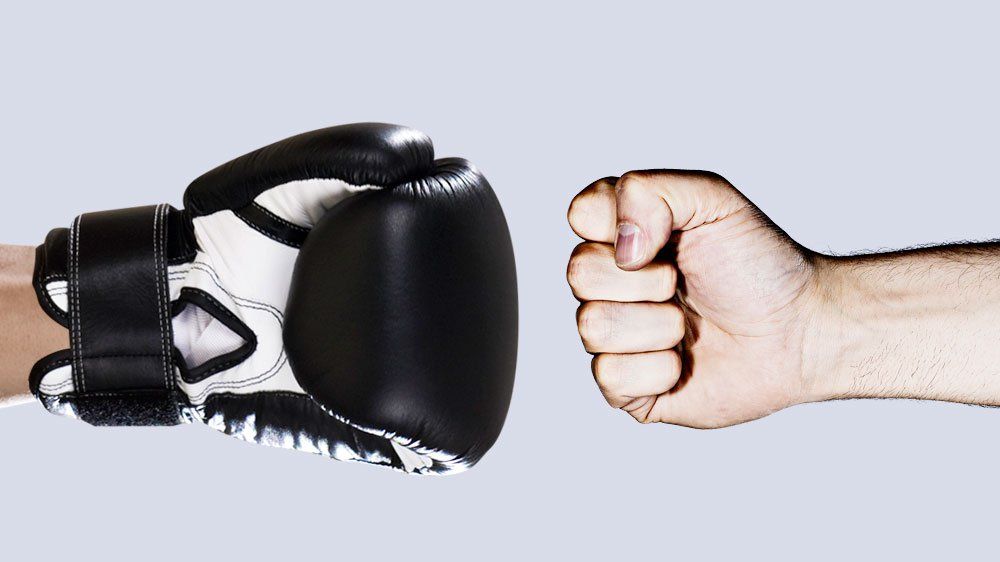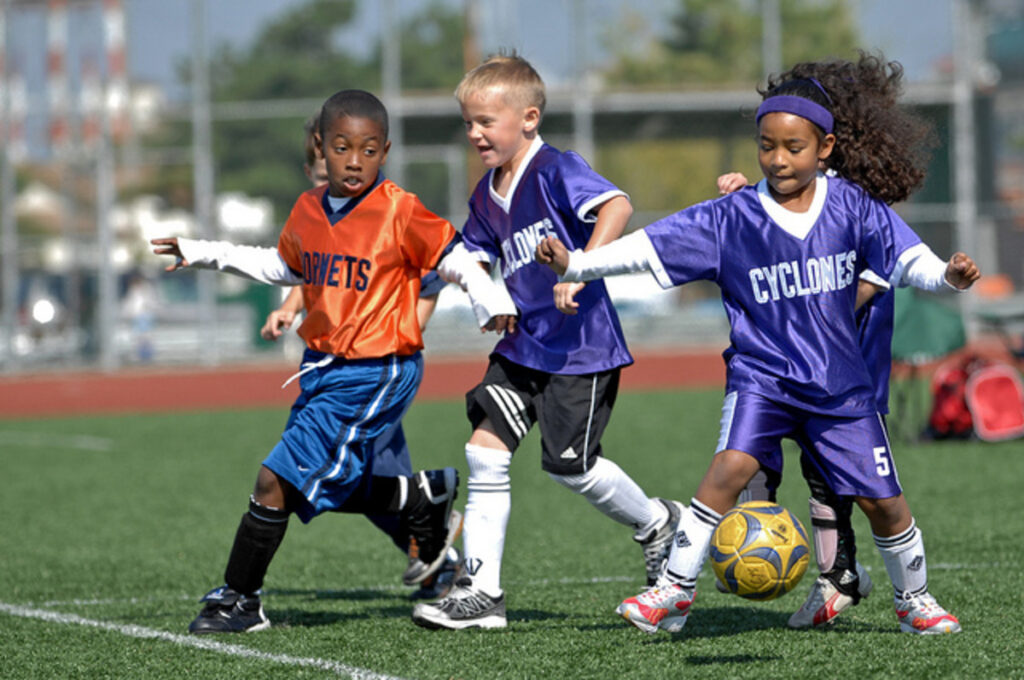This week in the world of sports science, here’s what happened…
- Are elite long-distance runners getting enough nutrition for their training?
- The design of boxing gloves and thumb injuries
- Can you be an 11-year-old sports superstar?
Are elite long-distance runners getting enough nutrition for their training?

In recent times, Relative Energy Deficiency in Sports (RED-S) has been a subject of concern, especially among long-distance athletes. A recent study delved into the dietary patterns of 36 Kenyan long-distance athletes undergoing training in camps.
Surprisingly, the mean daily calorie intake of the participants was less than 50% of the Recommended Dietary Allowance (RDA). The athletes also failed to meet the RDA for essential macronutrients and micronutrients such as protein, fat, carbohydrates, iron, and calcium. Failure to fuel up adequately during training can lead to several issues, such as RED-S.
The findings of this study emphatically demonstrate the need for athletes to increase their daily food intake to meet the RDA for energy. Also, athletes must meet their macronutrient and micronutrient needs for optimal performance. The study concludes that there is a dire need for sports nutrition education to be integrated into training camps, establishing robust nutritional habits among athletes, and ensuring that proper nutritional practices are implemented for overall health and to optimise performance.
To help endurance runners optimise endurance performance potential, we created a comprehensive Nutrition for Endurance Runners course that covers proper fuelling techniques. This course is well worth checking out!
The design of boxing gloves and thumb injuries

The design of boxing gloves has been a topic of concern due to the increased risk of thumb injury. To further investigate this issue, a recent study was conducted involving ten experienced boxers. The participants underwent an x-ray scan of their hands in a closed-fist position without gloves and then with 10-ounce boxing gloves on.
The resulting x-rays were compared, and the study found that wearing boxing gloves resulted in a significant increase in the joint angles of the carpometacarpal joint (knuckle of the thumb) and metacarpophalangeal joint (mid-part of the thumb), caused by the abducted position of the thumb in the gloves.
Based on these observations, the study concluded that boxing gloves may increase the risk of thumb injuries among boxers. The researchers suggested that improvements in boxing glove design could position the thumb in a more closed-fist position, thus reducing the risk of injury.
This study is of relevance to those involved in boxing or working with boxers, as it offers valuable insights into the potential for thumb injuries and highlights the need for further advancements in boxing glove design.
Can you be an 11-year-old sports superstar?

World-renowned author and performance coach Steve Magness recently wrote a powerful post on X, aimed at everyone involved with youth sports. Magness emphasised the importance of puberty, stating “that a child’s talent in a sport doesn’t matter until after they go through puberty”. Magness believes that there’s “no such thing as an 11-year-old sports superstar”.
The post generated interesting discussion in the comments, with some followers passionately supporting Magness and highlighting the dangers of early sports specialisation. Others believed that it was crucial to develop some sport coordination skills at a young age. Magness concluded the post by recommending fun, exploration and cultivating interests, rather than focusing on performance at a young age.
This influential post highlights how puberty can have a significant impact on youth athletes and the potential dangers of early sport specialisation. If you’re a coach or a parent of a youth athlete, we highly recommend checking out our blogs on Maturation, Early Sport Specialisation, and Bio-Banding.
From us this week:
>> New course: Hydrotherapy
>> New podcast: Designing The Perfect Sport Scientist
>> New infographic: Mitigating Injury For Elite Female Footballers
>> New article: We Found The Best Nordic Bench In 2024
Access to a growing library of sports science courses
SFS Academy is an all-access membership to premium sports science education.
With SFS Academy, you’ll learn from some of the best coaches around the world as they teach you how to apply the latest research and practice with your athletes.




